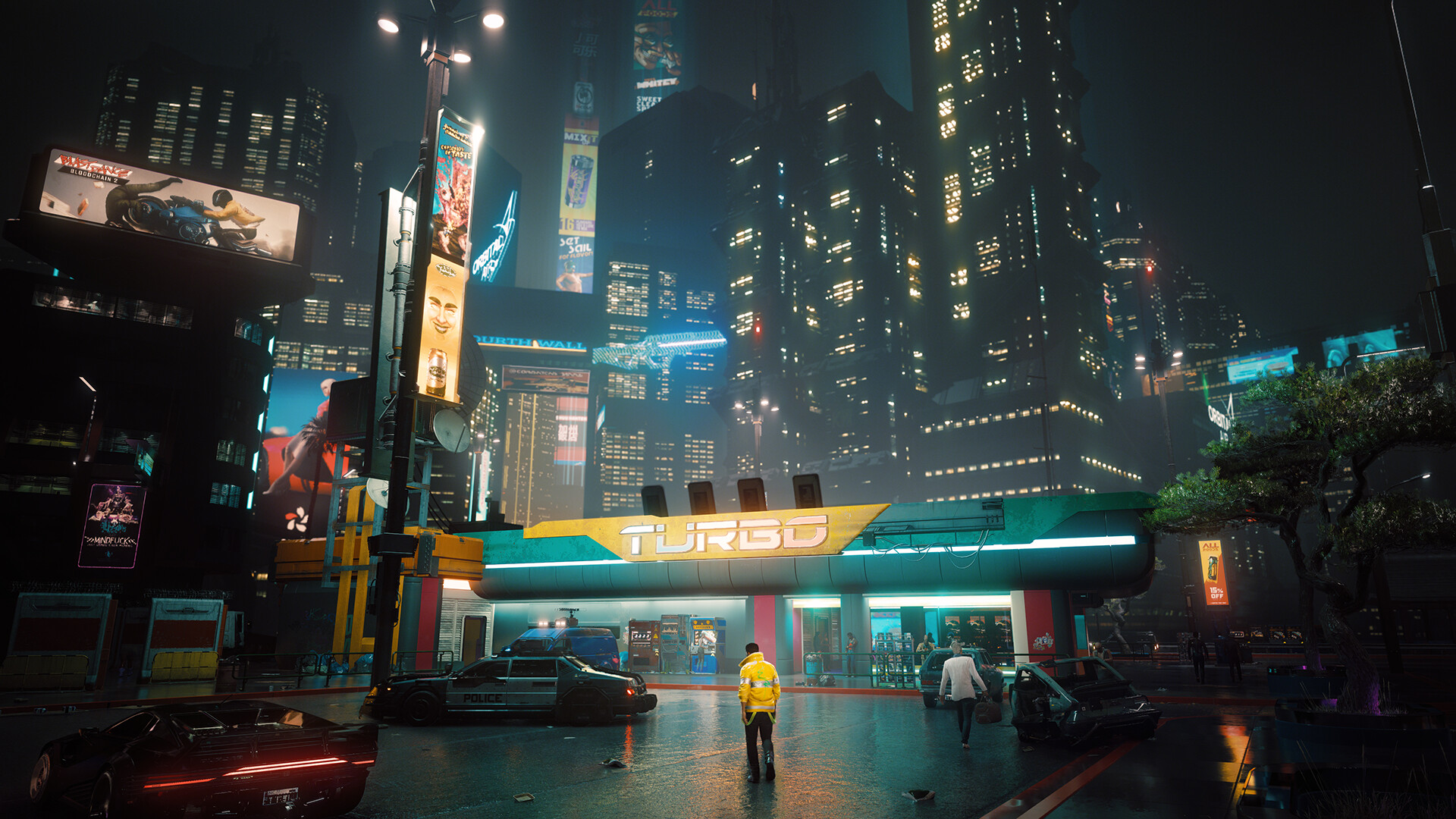Of course. Here is an original English article on the requested topic.
Behind the Headlines: Crafting AAA Game News Stories
The announcement of a new AAA game is an event. It’s a carefully orchestrated spectacle of light, sound, and hype, designed to capture the imagination of millions and dominate the cultural conversation. For players, it’s a moment of pure potential—a glimpse into a future world of adventure. But behind every headline, every breathtaking trailer, and every exclusive preview, lies a complex and meticulously planned machine. The crafting of AAA game news is not a matter of chance; it is a discipline in itself, a delicate dance between developers, publishers, journalists, and the community.
This process begins not weeks, but often years before the public ever hears a whisper. It starts in the boardrooms and marketing war rooms of major publishers. The first and most crucial decision is the reveal strategy. Will the game be announced with a seismic blowout at a major event like Summer Game Fest or The Game Awards, maximizing immediate reach? Or will it be teased through a cryptic ARG (Alternate Reality Game) or social media campaign, slowly building a dedicated core of detectives and superfans? This choice sets the tone for everything that follows.

Once the strategy is set, the creation of key assets begins. The announcement trailer is the crown jewel, arguably the single most important piece of marketing a game will ever have. Its purpose is multifaceted: it must establish tone, hint at narrative, showcase (often target-render) visuals, and most importantly, elicit an emotional response. Every frame is scrutinized. Is the logo reveal impactful? Does the music swell at the right moment? Does it end on a hook that leaves people desperate for more? This trailer is not just a video; it’s the foundational artifact upon which the initial news cycle will be built.
Simultaneously, publishers prepare a press kit—a digital treasure trove for journalists. This includes high-resolution screenshots (often touched up to perfection), key art, developer biographies, a carefully worded fact sheet, and quotes from studio heads. The language in these materials is never accidental. It is calibrated to set expectations and frame the narrative. A game isn’t "large"; it’s a "sprawling, living open world." It isn’t "inspired by"; it’s "a love letter to" a classic genre. This controlled vocabulary provides the initial building blocks for the first wave of news stories.
With assets in hand, the publisher then executes a phased rollout. The initial announcement is the big bang. On Day One, the trailer drops simultaneously across all platforms, and the news wires light up with stories based almost exclusively on the provided press kit. This creates a unified, thunderous message.
Then comes Phase Two: controlled access. A select group of journalists and influencers are invited to exclusive preview events. These are not hands-on demos in the traditional sense; they are highly curated experiences. Developers, often under the watchful eye of PR managers, guide journalists through a 30-60 minute slice of the game specifically designed to highlight its strengths and avoid its weaknesses. The journalists are there to observe, ask pre-vetted questions, and absorb the pitch. The subsequent previews from these events form the second wave of news, offering a semblance of hands-on insight while still operating within tightly controlled parameters.
The relationship between publisher and journalist in this ecosystem is symbiotic yet inherently tense. Journalists need access to generate content and stay relevant; publishers need journalists to generate hype and lend credibility. The unspoken agreement is that positive coverage maintains access, while overly critical previews might see a outlet blacklisted from future events. This creates a pressure, however subtle, to frame impressions favorably. The challenge for ethical games journalism is to read between the lines of the PR pitch—to describe the curated experience accurately while clearly communicating the limitations of that access. The best previews manage to convey genuine excitement for a game’s potential while maintaining a healthy skepticism about what wasn’t shown.
Following the preview cycle, the news enters a lull period, often lasting months or even years. Drip-fed content—character profiles, developer diaries, behind-the-scenes featurettes—keeps the embers of hype alive in the community. The news cycle here is often driven by fan speculation, dissecting every screenshot for clues and parsing every developer interview for hidden meanings.
The final and most critical phase is the review cycle. Weeks before launch, finished code is sent to reviewers under a strict embargo. This embargo ensures all reviews go live at the same time, creating a massive third wave of news. For publishers, this is the moment of truth. The carefully constructed narrative meets the unvarnished reality of the final product. High scores are leveraged for marketing instantly, plastered across storefronts and social media. Mixed or negative reviews, however, can deflate years of built-up hype in a matter of hours. The post-review news cycle is often a frantic one, with publishers sometimes responding to criticism through day-one patches or public statements.
Ultimately, the crafting of AAA game news is a story of narrative control. It is an attempt to guide the conversation, build anticipation, and manage expectations across a multi-year journey. For us, the audience, understanding this process is empowering. It allows us to become more discerning consumers of hype. We can watch a stunning trailer and appreciate it as a piece of marketing art, while also asking, "What does this not show me?" We can read a glowing preview and consider what conditions it was written under.
The next time a major game is announced, look beyond the headline. See the strategy. Recognize the curated access, the calibrated language, and the phased rollout. The magic of a great game remains real, but the path to its revelation is a meticulously crafted story in its own right. By pulling back the curtain, we don’t diminish the excitement; we deepen our appreciation for the complex, high-stakes drama that unfolds long before we ever press "Start."














